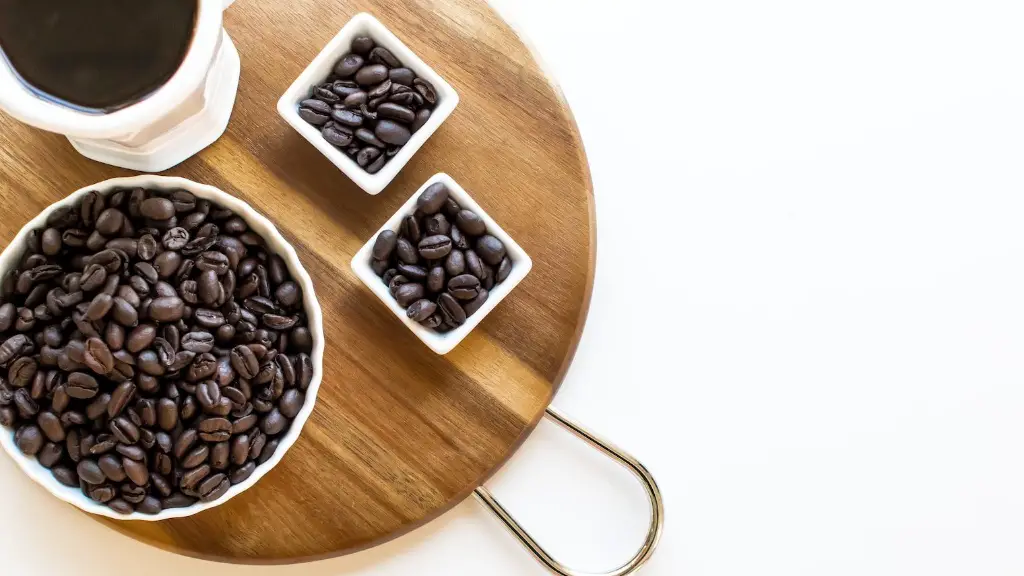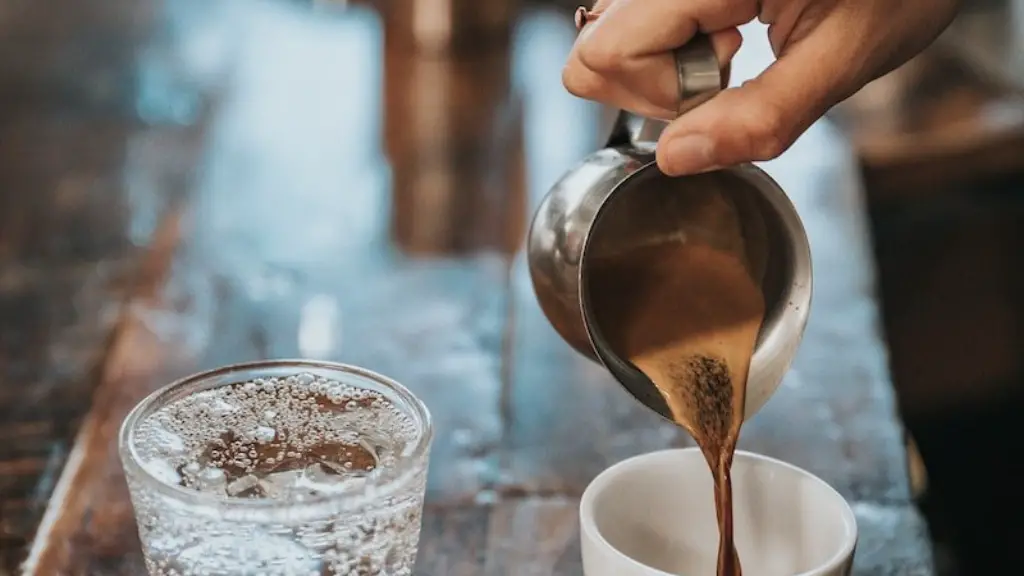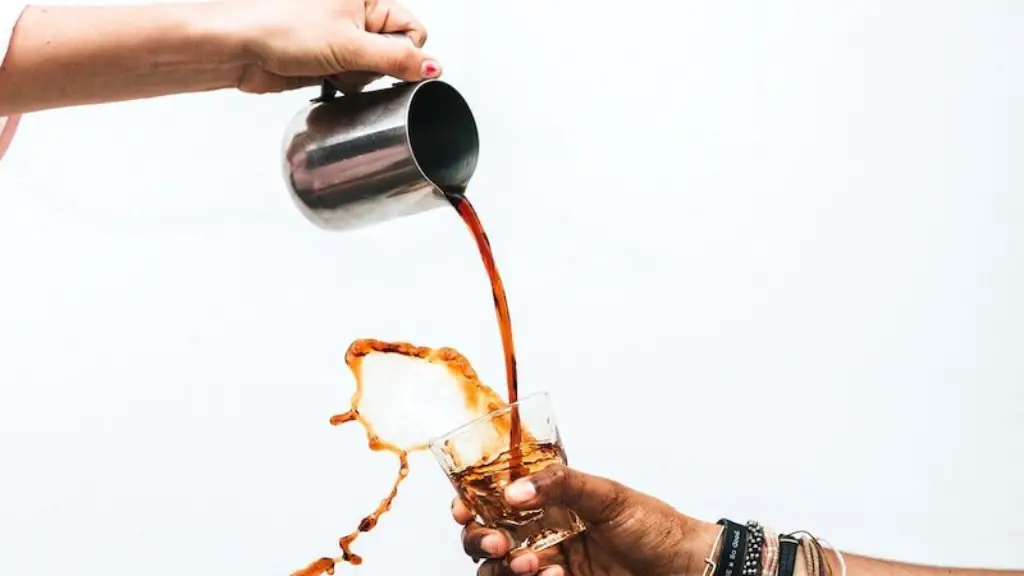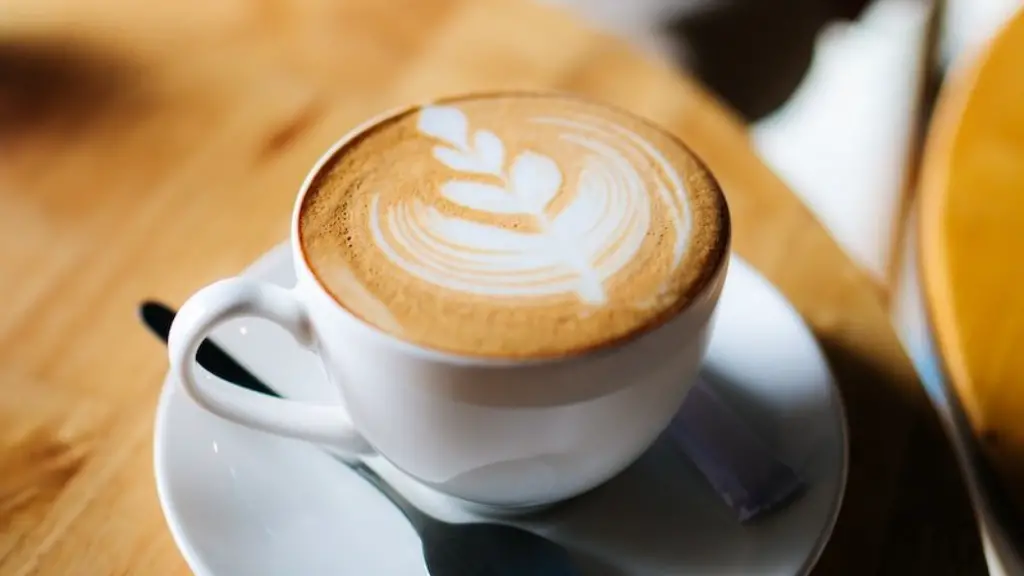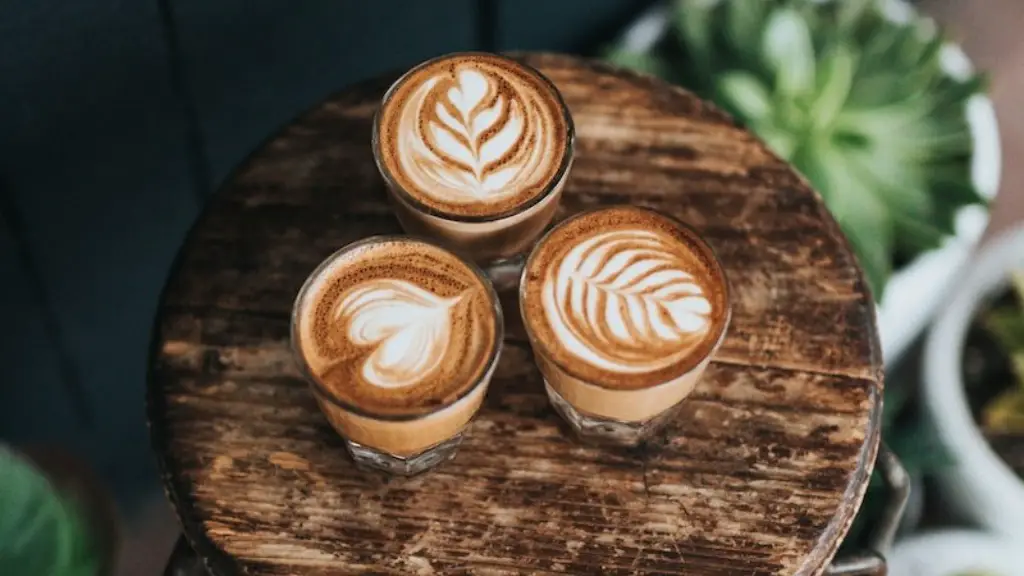Most coffee enthusiasts know that filter coffee is one of the best ways to appreciate the range of flavors and aromas associated with coffee. Unfortunately, decaffeinated coffee can leave something to be desired in terms of taste and mouthfeel. However, there are some tips and tricks you can use to make drinking decaf coffee a more enjoyable experience.
First and foremost, it is important to understand why decaf coffee lacks the flavor of regular coffee. The decaffeination process removes the caffeine from coffee, but it also removes some of the coffee’s volatile aromas and unique flavors. As a result, we can often find decaf coffee taste blander, even when brewed in the same way as regular coffee.
However, there are some things you can do to improve the taste and mouthfeel of decaffeinated coffee. Firstly, it is important to use high-quality decaffeinated coffee. Lower-quality decaffeinated coffee beans can lack the flavor and richness that you get from using high-quality beans. Therefore, it is always worthwhile to invest in the best quality decaf coffee beans you can find.
Secondly, it is essential to use the right brewing method in order to get the most out of the beans. If you prefer filter coffee, then you should use a drip-filter coffee machine or an AeroPress for best results. For espresso-style coffee, a moka pot or an espresso machine is the best option. Each method has its own unique variables, so it is important to experiment with different brewing times and quantities to find the perfect taste for you.
Thirdly, it is important to consider the roast profile of the decaffeinated beans. Light-roasted coffees tend to taste more acidic and vibrant, whereas medium-roasted coffees have a sweeter and more balanced flavor. To get the most out of your decaffeinated beans, it is advised to opt for a medium or dark roast.
Finally, it is important to enjoy your decaf coffee without milk or sugar as this will help to maximize the taste. If you are used to drinking regular coffee with milk or sugar, then it is best to first try to appreciate the natural flavors of the decaffeinated beans before adding any extra ingredients. You may find that the coffee tastes better without milk or sugar.
Expert Insights
We asked some experienced baristas to share their insights on how to drink decaf coffee. As expected, they all had slightly different approaches, but the general consensus was that the fresher the bean, the better the cup of decaffeinated coffee.
One barista said that grinding the beans as close to when you plan to drink the coffee is important, as pre-ground beans quickly lose their flavor and aromas. He also emphasized the importance of using good quality beans and brewing methods. Finally, he also advised not to be afraid to experiment with different decaffeinated beans to find the one that best suits your tastes.
Another barista mentioned that the water temperature and extraction time can also make a difference when brewing decaf coffee. He stated that lighter-roasted decaf beans will benefit from a lower temperature and a shorter extraction time, whereas darker roasts can handle a slightly higher water temperature and a longer extraction time.
Overall, the takeaway message from these baristas is that freshness, quality, and experimentation are key factors when it comes to making a good cup of decaffeinated coffee.
Storage Tips
It is important to store your decaffeinated beans well to ensure they remain fresh and flavorful. The best way to store decaffeinated beans is to keep them in an airtight container, away from direct sunlight and in a cool dry place. This will help keep the beans fresh for up to three weeks.
If you want to keep the beans fresh and flavorful for longer than three weeks, then it is best to transfer the beans to an airtight jar or container and store them in the freezer. This will help keep the beans fresh for up to three months. It is also important to remember that the beans should be completely cooled before being placed in the freezer to prevent condensation from forming.
When you are ready to use the beans, simply take the container out of the freezer and leave the beans to thaw overnight. Once thawed, the flavor and aroma of the beans will be as good as if they were freshly roasted.
Grinding Tips
Grinding the coffee beans at home is an essential step in brewing the perfect cup of coffee. For decaffeinated coffee, it is especially important to pay attention to the grind size, as too fine or too coarse a grind will yield unsatisfactory results. Generally speaking, Decaf coffee should be ground to a level similar to that of sea salt, which is a medium-fine grind. If you prefer espresso-style coffee, a slightly finer grind is recommended.
If you have bought pre-ground decaffeinated coffee, it is important to check the grind size. Pre-ground coffee can quickly lose its flavor and aroma, so it is best to use pre-ground coffee within three weeks of opening the bag. If the coffee has been ground for longer than three weeks, it is best to invest in a good-quality burr grinder in order to achieve the optimum grind size.
It is also important to note that the grind size can be affected by the type of grinder you use. A good-quality burr grinder will provide an even, consistent grind, whereas a blade grinder will create a more uneven, irregular grind. Therefore, it is best to use a burr grinder if you want to achieve a consistent grind size.
Barista Knowledge
If you enjoy visiting cafes and trying some interesting drinks, then knowing a bit more about decaffeinated coffee can be invaluable. The barista can often provide more advice on what to order, based on their experience and knowledge.
Most baristas will have already experimented with different decaffeinated coffee blends, so they are well placed to offer advice on which one is most suitable for your tastes and preferences. Also, some baristas may be able to offer more information on the type of decaffeinated beans used and how these beans have been roasted and processed.
Overall, by speaking with your local barista, you can learn more about the specifics of decaffeinated coffee and gain valuable insights on which drinks to order. This can help improve your overall coffee-drinking experience.
Origin of Decaf Coffee
The history of decaffeinated coffee is often overlooked, yet it is an interesting story of innovation and technology. The process of decaffeination was developed in Germany in 1903, by Ludwig Roselius and his company, Kaffee HAG. At the time, Roselius was looking for a way to create a coffee that had all the flavor and aroma of regular coffee, but without the stimulating effects of caffeine.
Initially, the process of decaffeination used a chemical solvent, methylene chloride, to strip the caffeine from the beans. However, this method was later replaced with a water extraction process, which uses hot water to draw out the caffeine, while leaving the flavor and aroma intact. This method is now widely used and is generally seen as the most effective way to decaffeinate coffee.
In addition to the two main methods of decaffeination described above, there is also a relatively new method known as carbon dioxide (CO2) extraction. This method uses highly pressurized CO2 to remove the caffeine from the coffee beans. While this method is still in its early stages, it has been shown to be very effective and is gaining in popularity.
Conclusion
Decaffeinated coffee can often taste blander than regular coffee, but with the right beans and brewing methods, it is possible to make a flavourful cup of decaf coffee. Understanding the history of decaffeinated coffee and speaking with your local barista can also help to improve your overall coffee-drinking experience.
